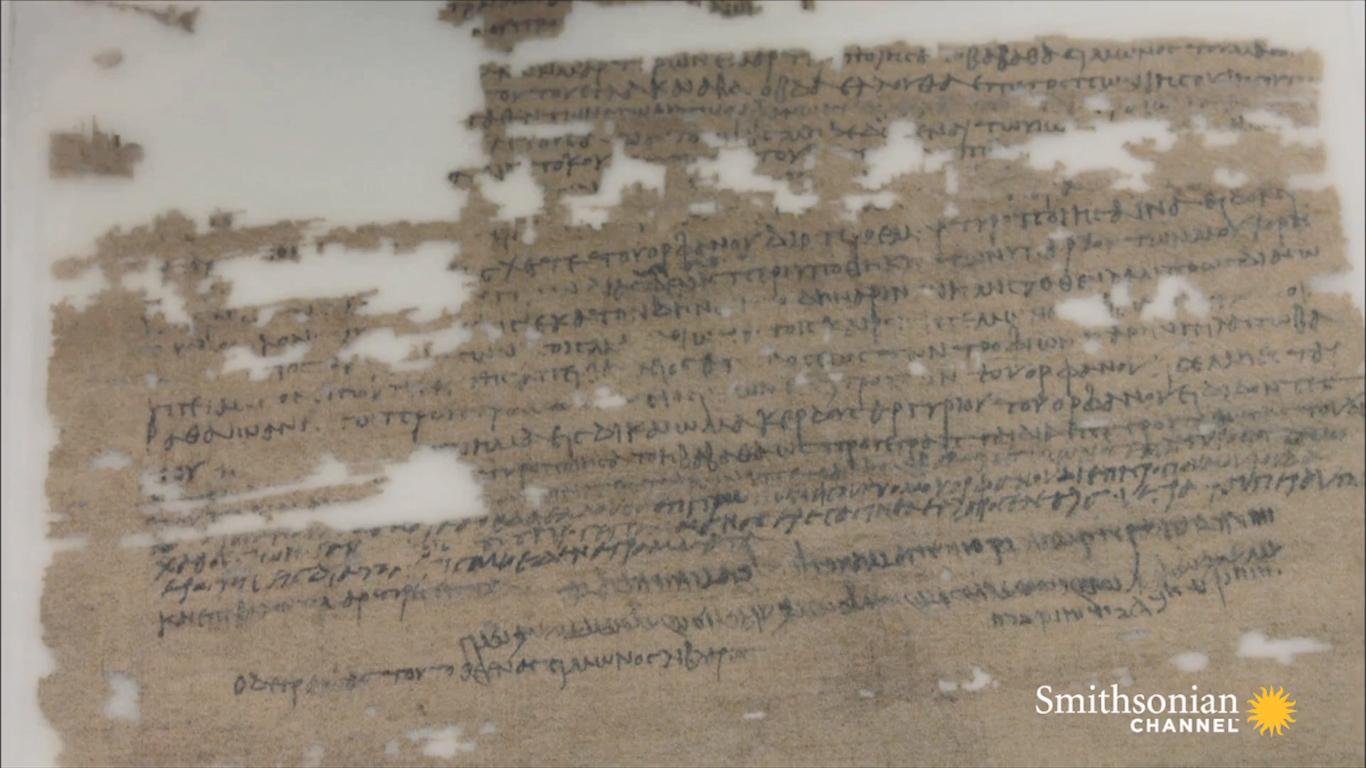Petra, once hailed as one of the world’s most advanced cities and a gem of the Middle East, was the capital of a powerful trading empire established by the Nabateans, who specialized in trade and facilitated commerce across the region.
 Al-Khazneh (The Treasury), Petra, Jordan. Credit: Abdullah Ghatasheh
Al-Khazneh (The Treasury), Petra, Jordan. Credit: Abdullah Ghatasheh
This ancient city, renowned for its remarkable rock-cut architecture, served as the political, cultural, and economic hub of the Nabatean civilization for centuries.
Archaeologists have delved into Petra’s rich history, unearthing valuable documents. In 1961, a team of archaeologists, much like the discovery of the ᴅᴇᴀᴅ Sea Scrolls, stumbled upon a cache of documents forgotten in a cave for around 2,000 years. These documents, now held by the Israel Antiquities Authority, were featured in the Smithsonian Channel’s documentary, ‘Sacred Sites: Petra.’
Among the revelations of these ancient scrolls is the story of Abi-adan, a Nabatean woman who lived in the first century CE. Professor Hannah Cotton-Paltiel of the Hebrew University of Jerusalem, an expert on these unique scrolls, explained, “Abi-adan is a Nabatean woman, and the two documents are interesting because she’s selling the same orchard to one person and then to another.” The legal documents not only demonstrate Abi-adan’s literacy but also highlight her position in society, as her lands bordered those of the Nabatean king.
 The scrolls, which tell of a powerful businesswoman who lived in the first century CE in Petra. Credit: Youtube/Smithsonian Channel
The scrolls, which tell of a powerful businesswoman who lived in the first century CE in Petra. Credit: Youtube/Smithsonian Channel
The documents provide unique information about Abi-adan, who owned a substantial orchard of date palms at Maoza near the ᴅᴇᴀᴅ Sea. This revelation challenges preconceived notions about the role of women in ancient Petra, suggesting that they had the ability to generate significant capital. Professor Cotton-Paltiel emphasized, “The sense you get out of the documents is that she was completely independent,” indicating the agency and autonomy women possessed during this period.
Professor John Healey from the University of Manchester, who has studied these documents and Petra’s societal structure, noted the presence of women’s agency in this historical period.
Related: Petra Virtual Tour
Petra’s history spans thousands of years, with its strategic location making it nearly impregnable for much of its existence. In 312 BCE, the Ancient Greeks attempted to conquer the city but failed. However, in 106 CE, the Romans successfully overwhelmed the Nabateans, capturing Petra as their own. The decline of Petra began after the Romans left, exacerbated by an intense earthquake in 363 CE.
Efforts by the Byzantine Empire to revive Petra as a city of splendor proved futile, and it eventually became a ghost town. For over a thousand years, Petra remained lost to the world until Swiss traveler Johann Ludwig Burckhardt rediscovered it in 1812 during one of his overland journeys. The news of an ancient lost city spread to the West, leading to renewed interest in Petra’s historical significance.
Today, Petra stands as a UNESCO World Heritage Site, showcasing its monumental structures carved into sandstone cliffs.”





